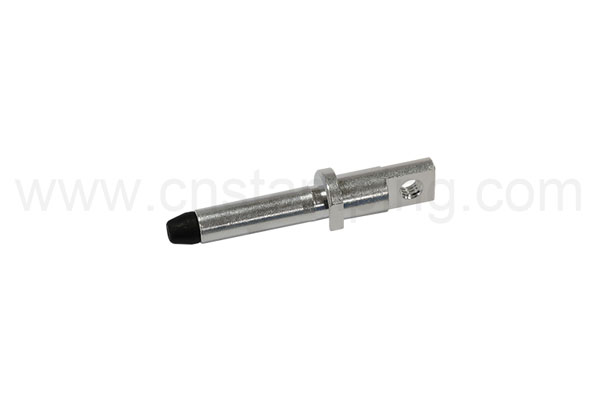EV Charging Cable Pins: Crucial Elements for Safe and High-speed Electric Vehicles
Electric vehicles (EVs) promise a cleaner future, but their success relies on a hidden hero: the EV charging cable pins within every high-voltage plug and socket. These tiny yet mighty components ensure power flows seamlessly from charging stations to EVs—even in blistering heat, cold, or torrential rain. Let’s uncover why engineers and manufacturers are prioritizing EV charging connector pins and sockets to build charging systems that are as resilient as they are powerful.
When Safety Meets Speed: The Critical Role of EV Charging Terminals
A faulty charging connection isn’t just inconvenient—it’s dangerous. High-voltage terminals operate at up to 1,000 volts, making safety a non-negotiable priority. Premium EV charging connector pins tackle this challenge head-on with:
- Anti-Spark Technology: Precision-machined surfaces and smart alignment features eliminate arcing risks during plug-in.
- Overload Protection: Built-in sensors detect abnormal currents, automatically disconnecting to prevent damage.
- IP67+ Sealing: Dustproof and waterproof designs ensure reliable performance in desert, coastal, or monsoon environments.
Material Science Breakthroughs Behind Robust Pins
The secret to longevity lies in the metals. Leading EV charging cable pins used:
- Copper-Beryllium Alloys: For unmatched conductivity and spring-like durability across 15,000+ mating cycles.
- Silver-Nickel Coatings: To resist corrosion from salty air or chemical exposure at busy ports.
- Thermal-Resistant Polymers: Insulation that withstands 150°C+ temperatures during ultra-fast DC charging.
Design Innovations Solving Real-World Problems
From urban hubs to remote highways, EV charging connector pins and sockets face unique challenges. Recent advancements include:
- Ergonomic Plug-Ins: Angled pins and tactile feedback for effortless use, even with gloved hands.
- Modular Sockets: Replaceable pin arrays cut maintenance costs for high-traffic stations.
- Bidirectional Compatibility: Future-proof high voltage plug and socket systems that support vehicle-to-grid (V2G) energy flow.
Case Study: How Premium EV charging Cable Pins Prevented a Charging Crisis
In 2023, a European charging network faced repeated failures at coastal stations due to salt corrosion. Switching to EV charging terminals with nano-ceramic coatings slashed downtime by 70%—proving that material choices make or break reliability.
Choosing a Supplier That Goes Beyond the Spec Sheet
The best high-voltage terminal manufacturers don’t just sell parts—they solve problems. Look for partners who:
- Simulate Extreme Conditions: Test pins in artificial Sahara heat or Arctic blizzards before delivery.
- Offer Customization: Tailor pin sizes, coatings, and socket layouts for proprietary connectors, such as CCS or NACS, to meet specific requirements.
- Prioritize Sustainability: Use recyclable materials and low-carbon production methods.
Hejustamping-High Quality EV Charging Cable Pins Manufacturer

Dongguan Heju Precision Electronic Technology Co., Ltd. is a manufacturer that specializes in producing and designing kinds of terminals and pins for new electric vehicles charging stations. The company obtained the IATF16949 certification in 2016. The Fakra terminals produced by the company have a stable signal transmission function and comply with the quality standards of imported brands. Additionally, the company offers excellent support services and has a comprehensive quality inspection system in place. With 39 imported punching machines, they ensure efficient product production and reliable delivery capabilities. Moreover, they are able to collaborate proactively with customers to customize products according to their requirements, thus contributing to domestic substitution.
